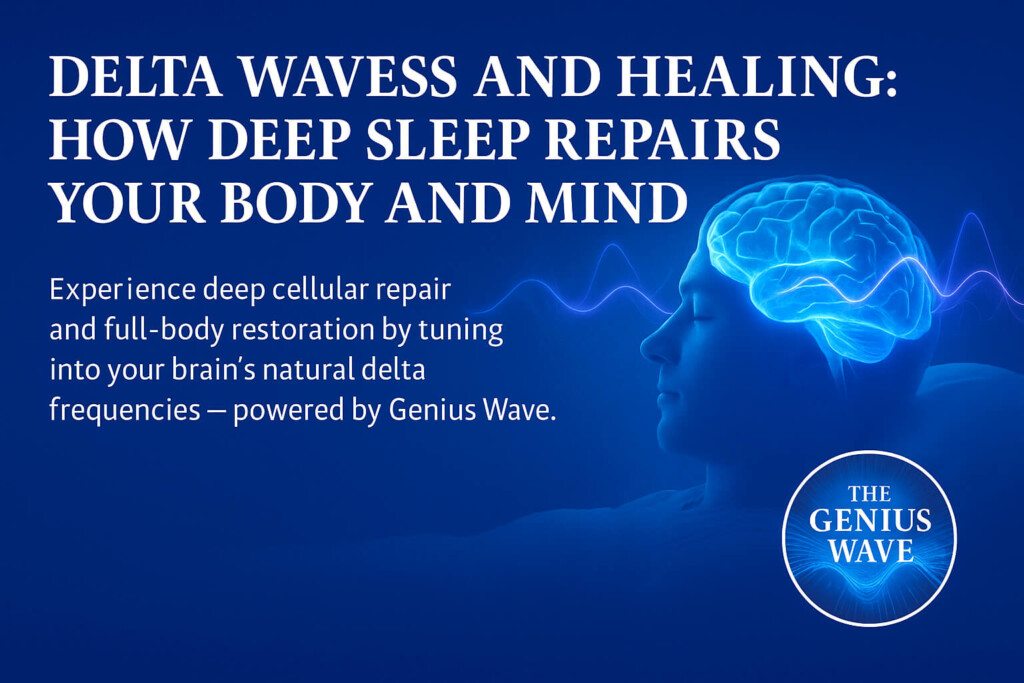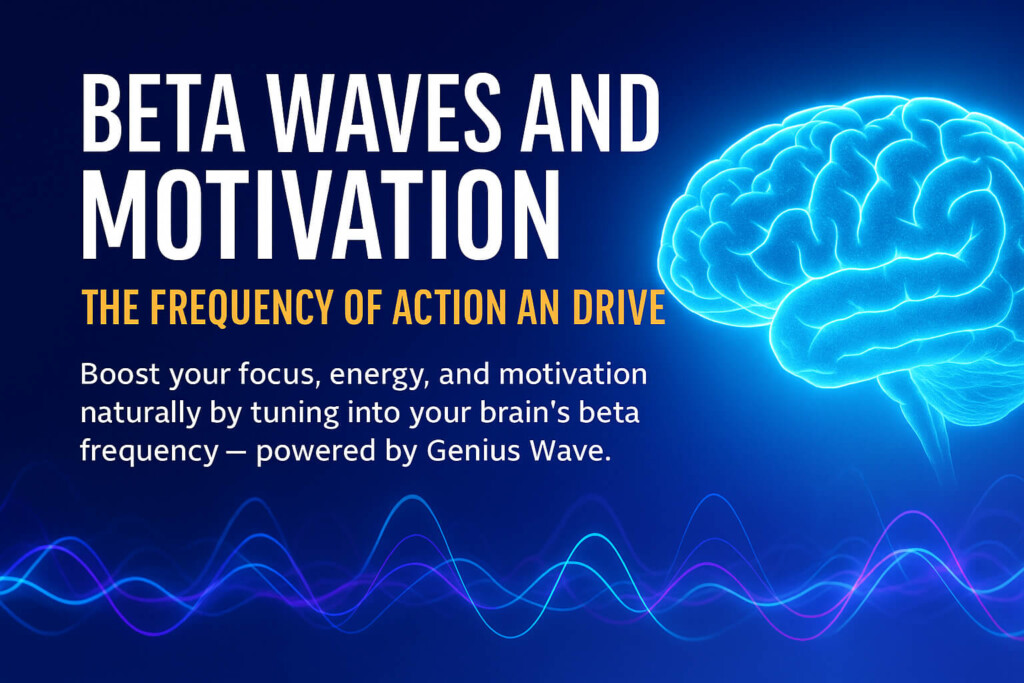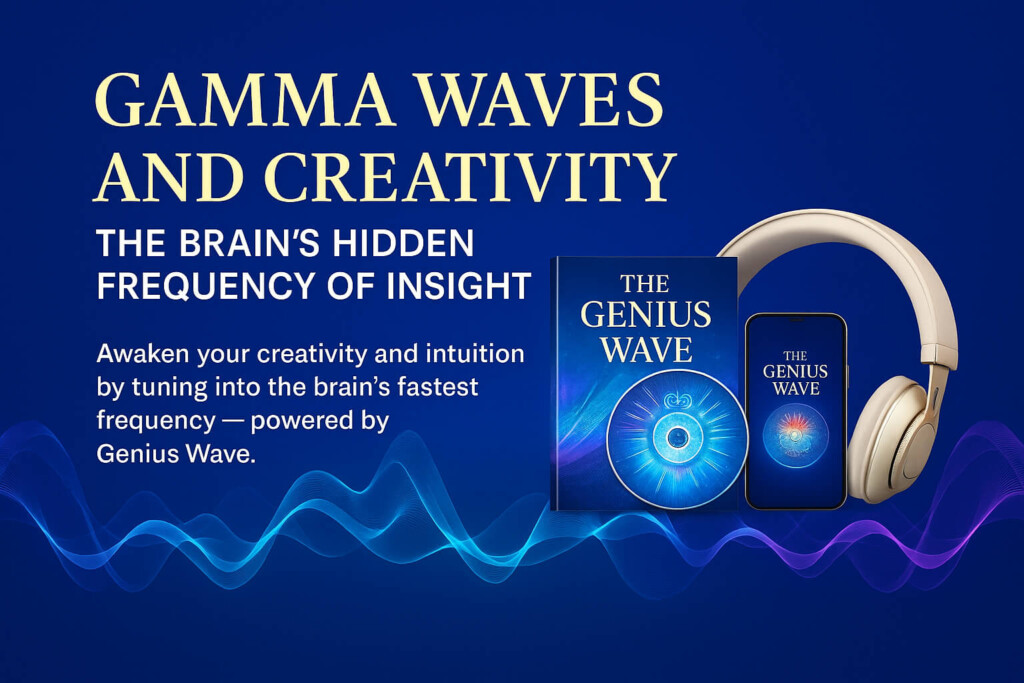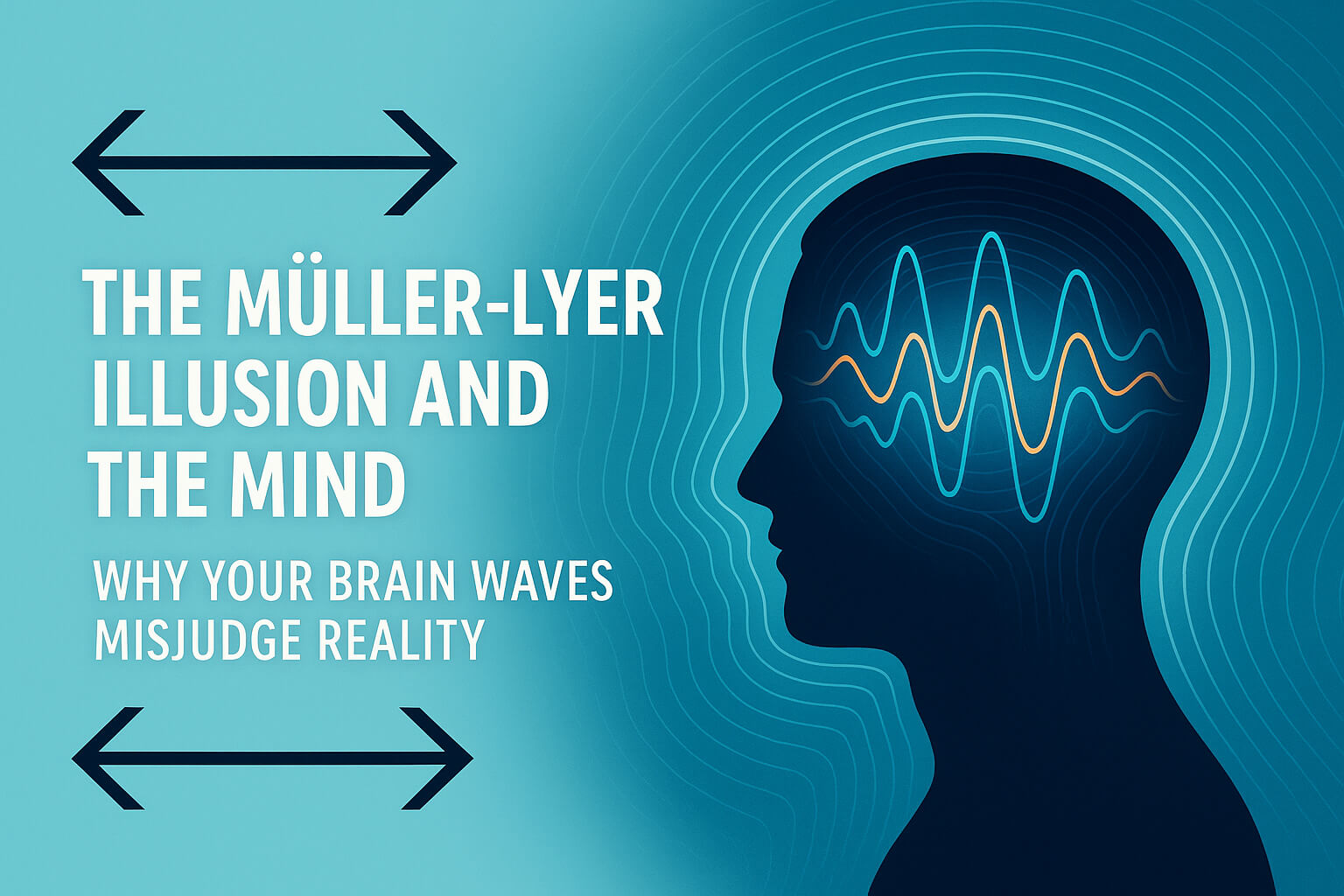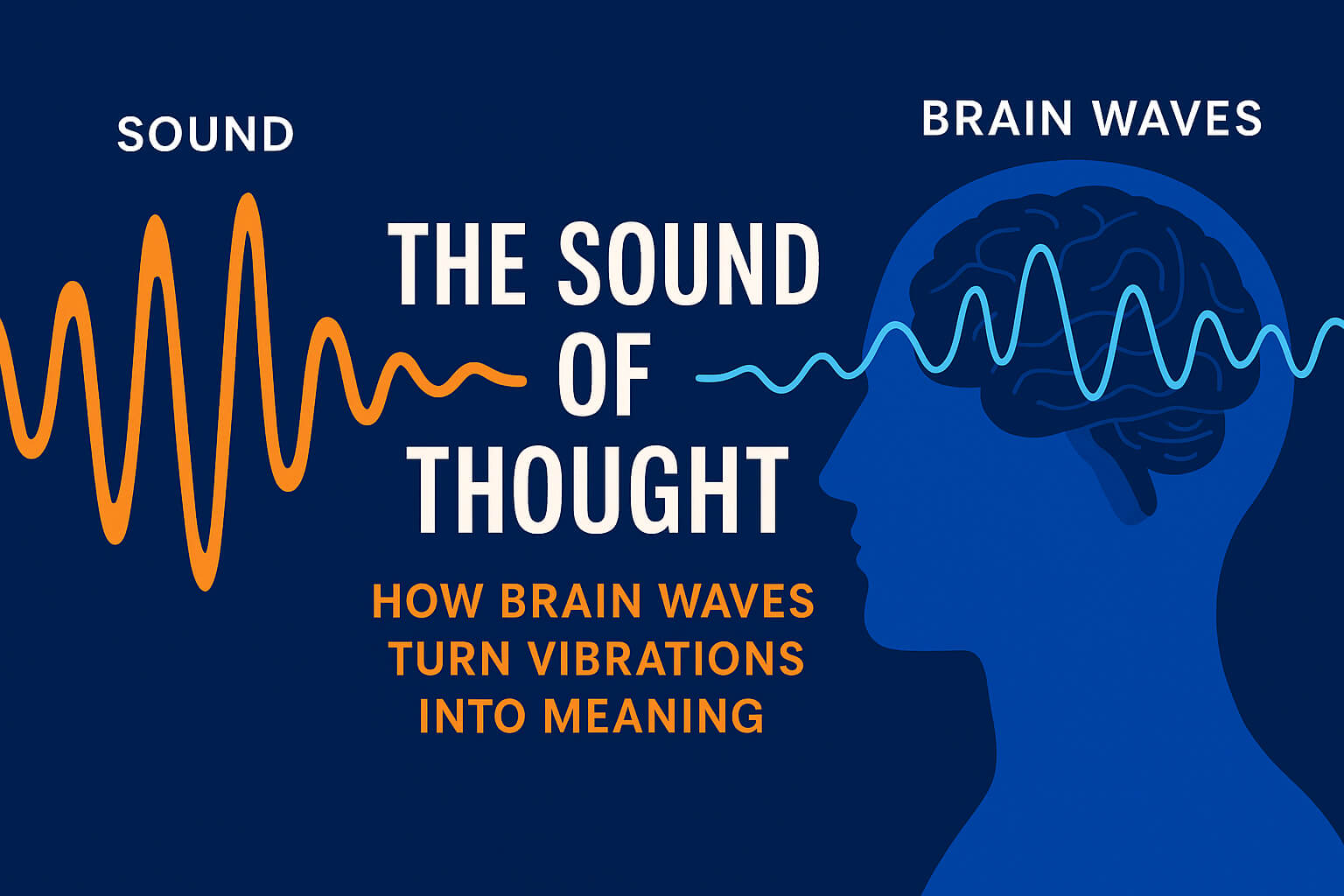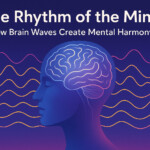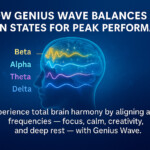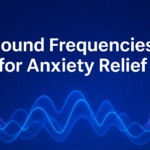Now Reading: The Colors of Perception: How Brain Waves Shape What You See
- 01
The Colors of Perception: How Brain Waves Shape What You See
The Colors of Perception: How Brain Waves Shape What You See
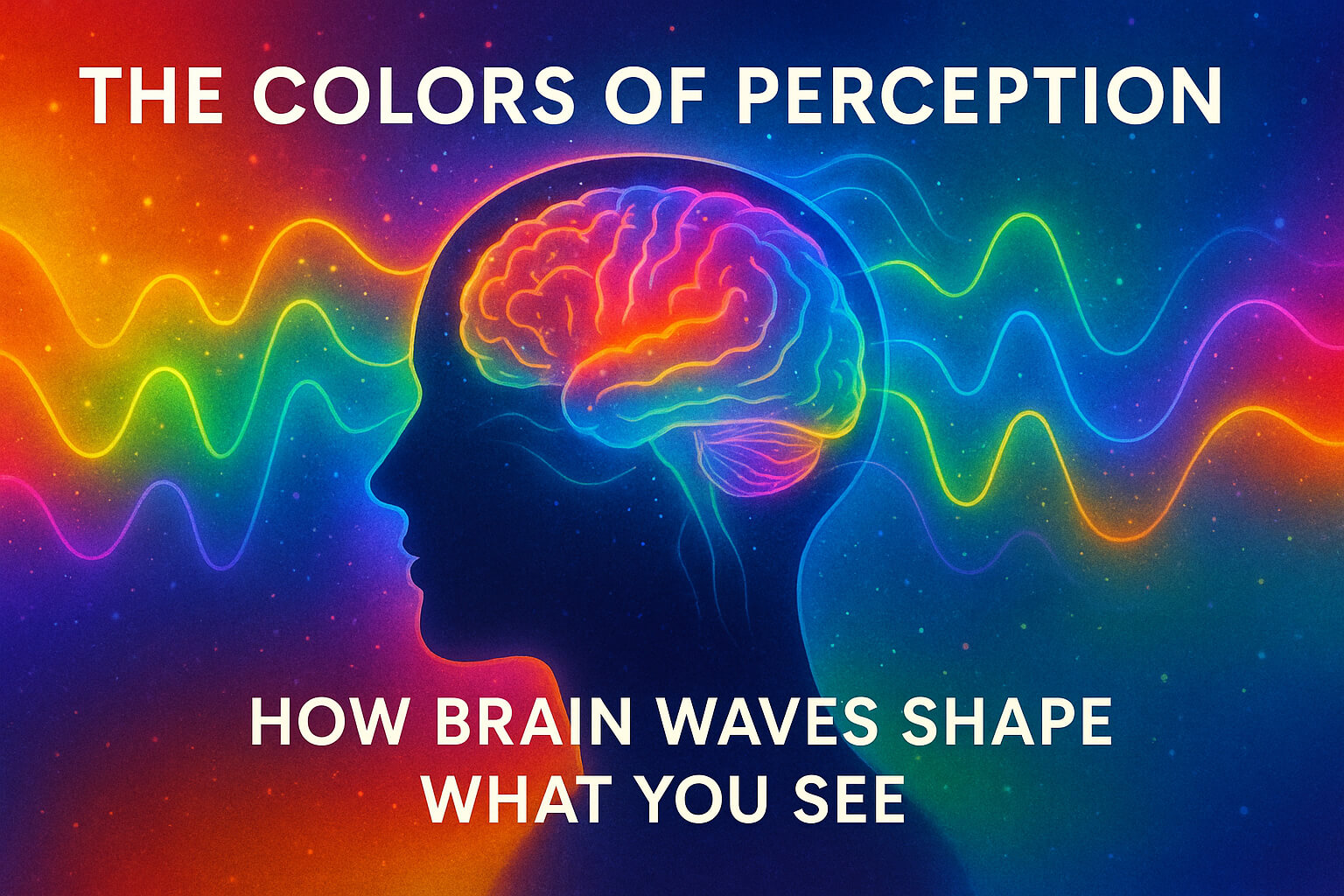
🌟 Introduction
And why is it that the same color can look different under different lighting?
Your brain is not just a peeping Tom — it’s making its own judgments.
More: There are other ways in which color perception isn’t a purely physical phenomenon, and that has to do with how your brain waves—that is, the conduction of electricity within your brain—transform light signals into conscious experience.
👉 The Genius Wave Practice and training the mind to see life with clarity, balance, and focus.
🌈 The Science of How We See Color
Light goes into your eye and stimulates the retina’s special cells called photoreceptors — those cones and rods.
Cones mediate color vision and are most sensitive in bright light, while rods capture hues and movement in the dark.
But perception doesn’t take place in the eyes — it takes place in the visual cortex.
Here, millions of nerve cells convert light into patterns that your brain perceives as color, emotion and meaning.
This is where your brain waves do their thing.
🧠 How Brain Waves Shape What We See
Brain waves are electrical rhythms that influence how your brain processes sensory information.
Each type plays a particular role in how you experience color and light:
Alpha waves (8–12 Hz): These encourage calm awareness and steady color identification.
Beta waves (13–30 Hz): Increase alertness, but can skew minuscule colors under stress.
Theta waves (4–8 Hz): Associated with imagination — can also make colors appear more vivid or dreamlike.
Gamma waves (30+ Hz): Chart visual information into consciousness — essential for sharpness and definition.
When these frequencies are in balance, your visual perception is more accurate and emotionally relevant.
🎧 How the Genius Wave Heightens Vision
Utilizing rhythmic sound frequencies the Genius Wave works to sync your brain waves and enhance sensory processing.
This mechanism, called entrainment, enhances how your brain filters visual information — honing clarity and focus.
Regular use can help:
Relieve eye fatigue and visual strain
Increase attention and pattern recognition
Enhance creativity and color sensitivity
Practice a state of emotional peace as you watch the world go by
🧠 Listen to The Genius Wave and learn how sound can fine-tune the way you see.
🔬 The Neuroscience of Light and Our Consciousness
The way you experience color is a creation of your neurons, not an external fact.
The brain scans reveal that those who have coincident Alpha and Gamma waves perceive color more vividly, and in a more consistent way.
Your mood, brain wave state, even thoughts can subtly change what colors you experience.
Color is, essentially, the language your brain uses to make sense of light.
💡 Conclusion
Each color you can spot is seen through your own thought tempo.
You change your brain wave patterns and you see the world with fresh eyes, clarity, beauty and depth.
👉 Witness The Genius Wave and light up the color of your entire mind.


